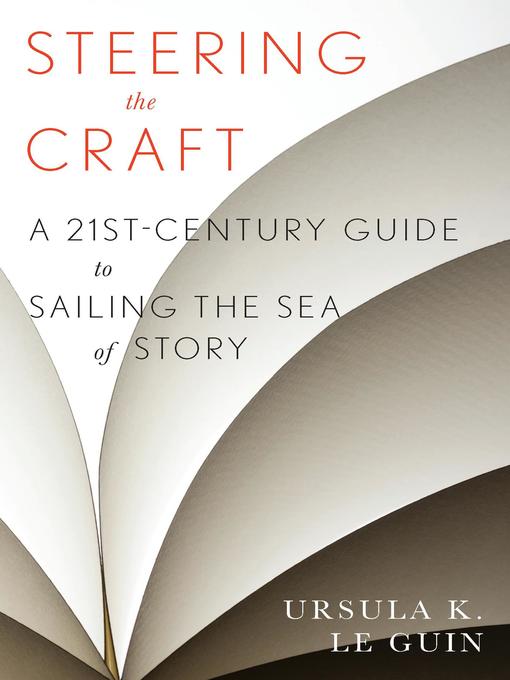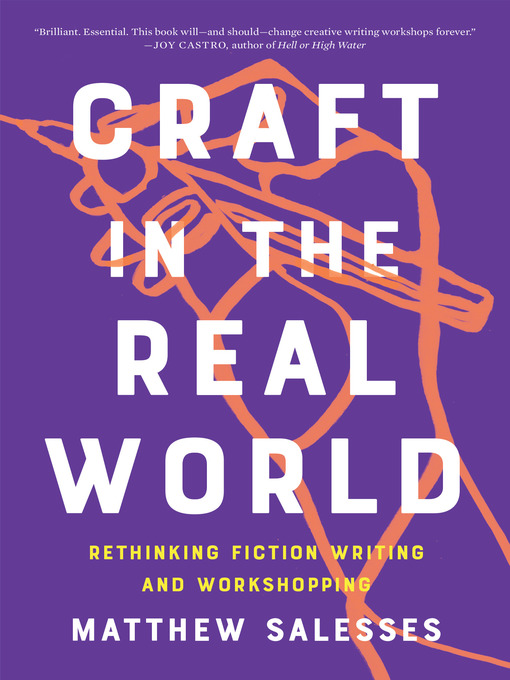 We’re halfway through my second favorite time of year: I’m not talking about preparing for Thanksgiving or Christmas or even No-Shave November. I’m talking about National Novel Writing Month, or as it is affectionately abbreviated to, NaNoWriMo. Every year, amateur and professional writers alike start November with one goal in mind: write 50,000 in one month. Where does this magic number come from? It is largely accepted that 50,000 words is the minimum required length for most adult novels. To give you a sense of context, here are a few novels that are around the 50,000 word mark: The Hitchhiker's Guide to the Galaxy by Douglas Adams, The Great Gatsby by F. Scott Fitzgerald, The Notebook by Nicholas Sparks, just to name a few.
We’re halfway through my second favorite time of year: I’m not talking about preparing for Thanksgiving or Christmas or even No-Shave November. I’m talking about National Novel Writing Month, or as it is affectionately abbreviated to, NaNoWriMo. Every year, amateur and professional writers alike start November with one goal in mind: write 50,000 in one month. Where does this magic number come from? It is largely accepted that 50,000 words is the minimum required length for most adult novels. To give you a sense of context, here are a few novels that are around the 50,000 word mark: The Hitchhiker's Guide to the Galaxy by Douglas Adams, The Great Gatsby by F. Scott Fitzgerald, The Notebook by Nicholas Sparks, just to name a few.
Whether you are participating this year or have in the past, you may have looked to writing craft books to give you some tips from literary experts. I’ve participated in NaNoWriMo ever since it was assigned as a class challenge in high school, and these books have helped me along the way in my own writing journey. Writing 1,667 words every day might not seem like a lot to non-writers but NaNoWriMo is both a marathon and a sprint—requiring both stamina and speed. The tips found in these writing craft books might just help you survive—and win!—the month.
Steering the Craft by Ursula K. Le Guin
If you grew up reading fantasy as a kid, you already know Ursula K. Le Guin. What you may not know, however, is she has a writing book. Writing exercises coupled with lessons on writing basics to more intermediate tips, Le Guin’s workbook, Steering the Craft, is an essential for any writer learning the craft.
Storyville by John Dufresne
Another great book for the beginner, John Dufresne’s Storyville pairs funny illustrations and quotes with helpful advice. Dufresne does a good job of distilling other common writing tips and story structure formats into easy to understand bites. While you may already be familiar with The Hero’s Journey or The Three Act Story Structure, Dufresne uses writing exercises and examples to help illustrate (pun intended) the fundamental writing rules that even a more experienced writer can glean plenty of useful information from.
 Stephen King On Writing
Stephen King On Writing
Ironically, the only thing I’ve ever read by Stephen King is On Writing. It was the first writing craft book that I read, and it remains my favorite. King is a master of horror, but even if horror is not your preferred genre to write in, you’ll find plenty of advice in this book. From practical tips like “don’t use adverbs” or “don’t use passive voice” to more inspiration advice like “write for yourself first, and then worry about the audience” and “fear is the root of most bad writing,” it’s impossible to finish this book without gaining something from its pages.
Craft in the Real World by Matthew Salesses
This last entry is the newest and perhaps the most important for a writer today. Matthew Salesses’s Craft in the Real World analyzes the fundamentals of storytelling—plot, character, conflict—but with one question in mind: how can we rethink craft, and the teaching of it, to better reach writers with diverse backgrounds and invite diverse storytelling traditions into literary spaces? I have many friends who are publishing professionals and this book has been passed around, passed down, and recommended by almost everyone I know in the industry. For a look at how we can be better, more inclusive, writers and readers, Craft in the Real World is a must-read.
Add new comment